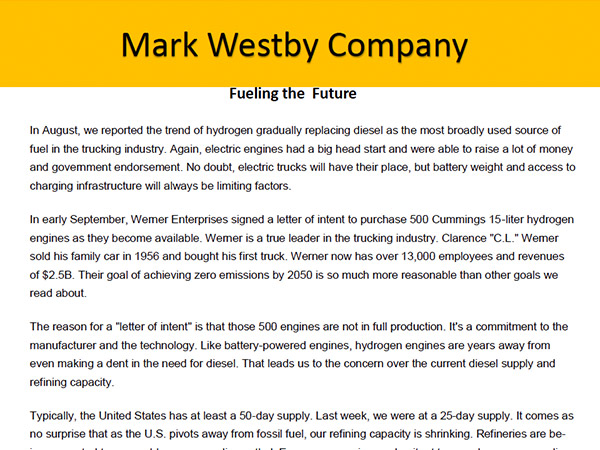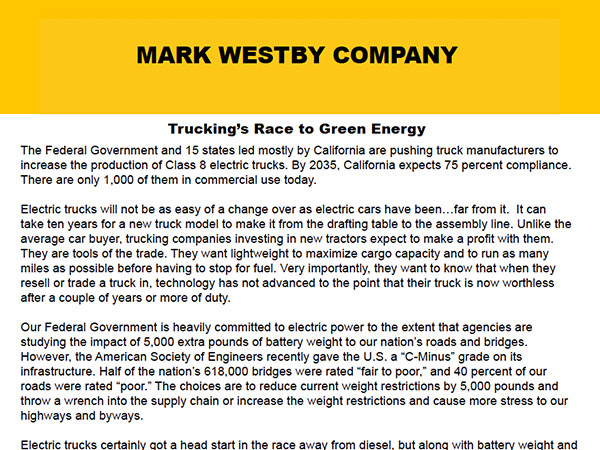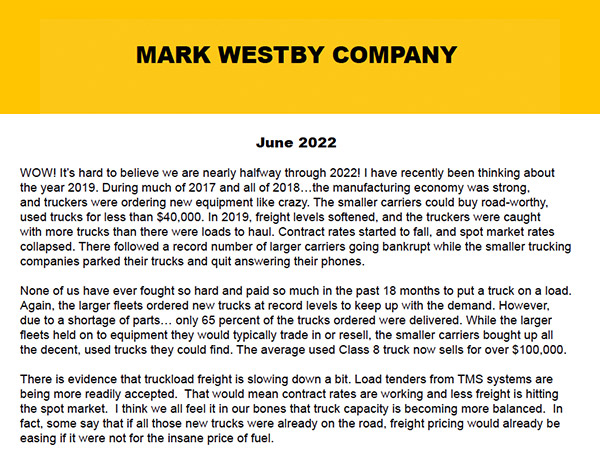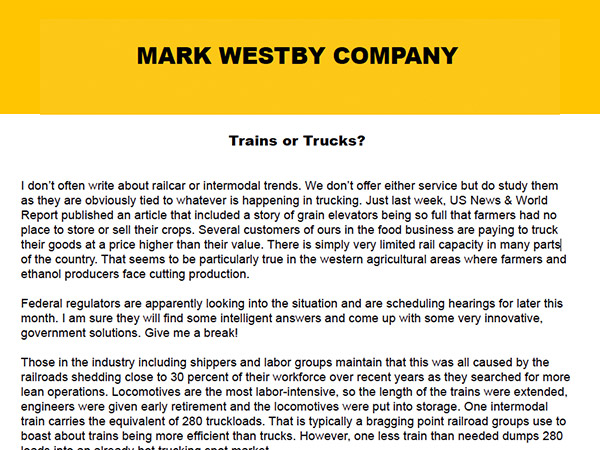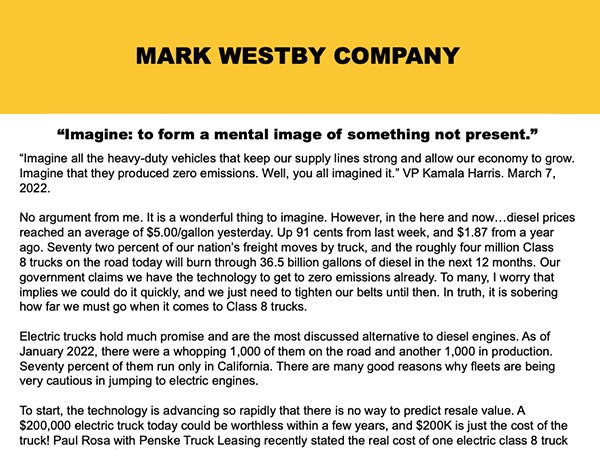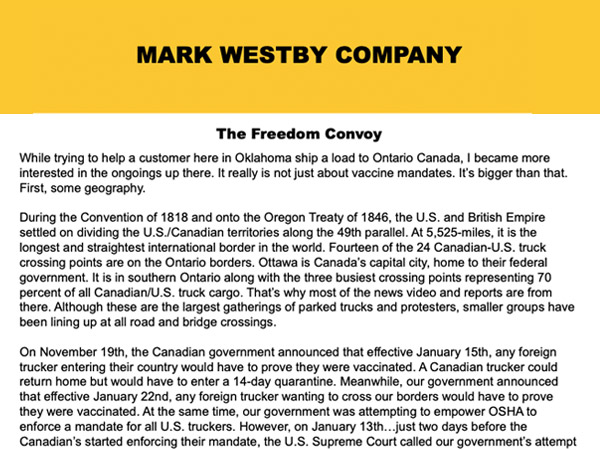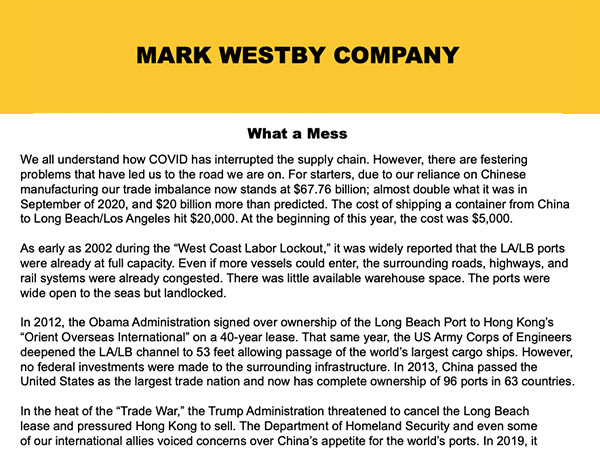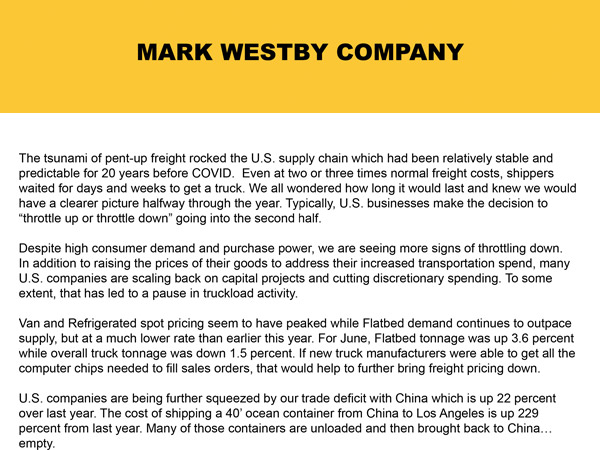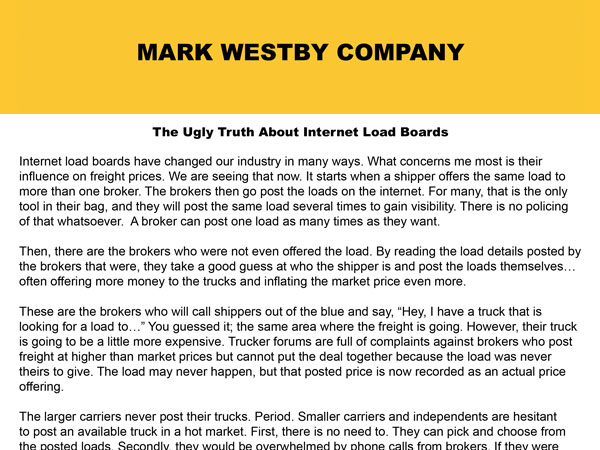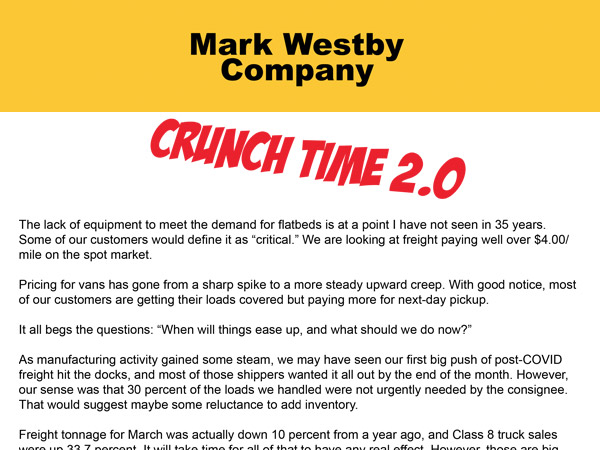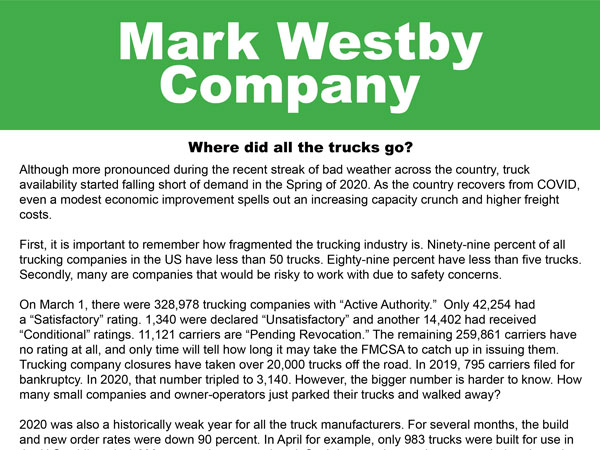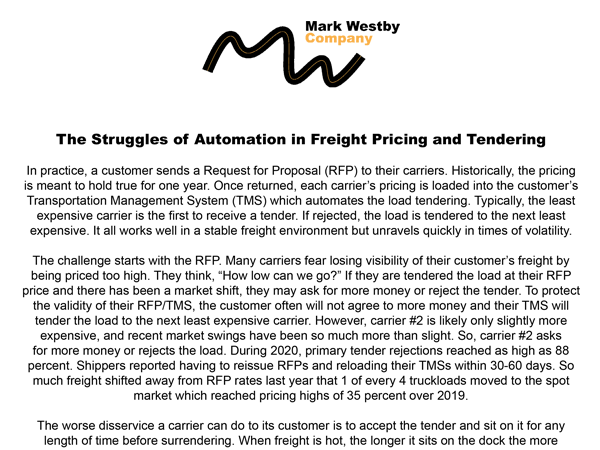I was driving one early morning this week from our office in Tulsa to see some customers in Oklahoma City. I was taken back by how many big rigs were parked on the shoulder of the freeway. In some areas, they were parked 2-abreast.
Over the past several years, our government has restricted the hours a driver can operate. Drivers cannot be behind the wheel even one minute past the time when their clock runs out. They must park somewhere. For years, the American Trucking Association (ATA) has been warning our government of the need to add truck parking to infrastructure planning and spending. The ATA reports that over 90% of drivers complain about access to safe parking, and on average spend 56-minutes looking for alternate parking if the existing lots are full. Estimates suggest that in addition to supply chain disruptions, inadequate truck parking causes a $16.6 billion dollar loss of productivity and wasted fuel every year.
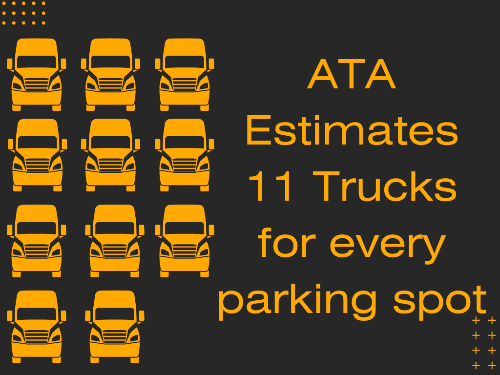
In every federal infrastructure plan, it is a fact that has been ignored until this past May. The House Committee on Transportation and Infrastructure wrote “The Parking Act”. Now it must go through markup hearings, and red tape before a bill is voted on in the full House. If passed, the government will spend $755 million over the next 3-years to expand truck parking capacity.
It’s not fun to imagine a bunch of politicians sitting around deciding how and where our money will be spent, but how did they come up with $755 million?

There are currently around 2,000 registered truck stops in the country offering 1-single parking spot for every 11-trucks looking for one.
With 750 locations of their own, Pilot Flying J has the most. Building a new one costs them $5-7 million. Their standard set up includes 12 islands for diesel fuel.
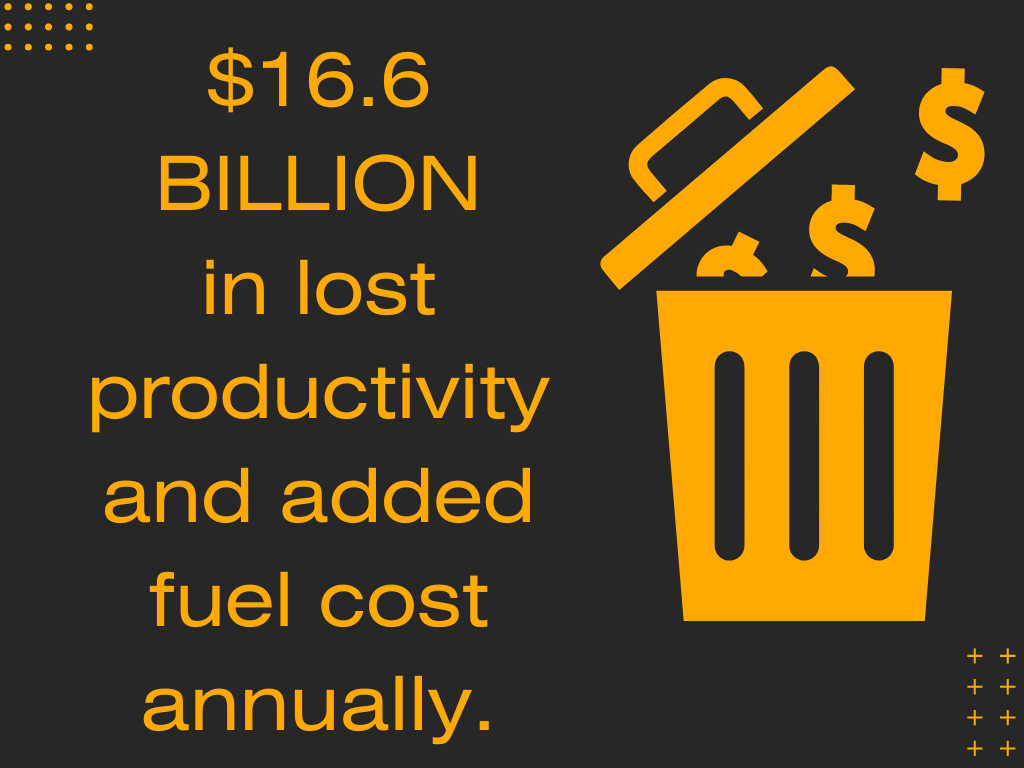
I’m not suggesting the government should be in the business of building large full service truckstops. More rest areas that can accommodate a lot of trucks would be nice. However, I am baffled by how $755 million over 3-years is going to help fix a $16.6 billion a year problem. In the meantime, those who are in the business of building truck stops for profit are being cautious. How many diesel fuel islands? How many hydrogen islands? How many electric charging stations?
I hope that now when you see a big truck parked on the side of the road or highway, you might consider that driver really doesn’t want to be there. They often have nowhere else to go.
Be safe,
Mark




